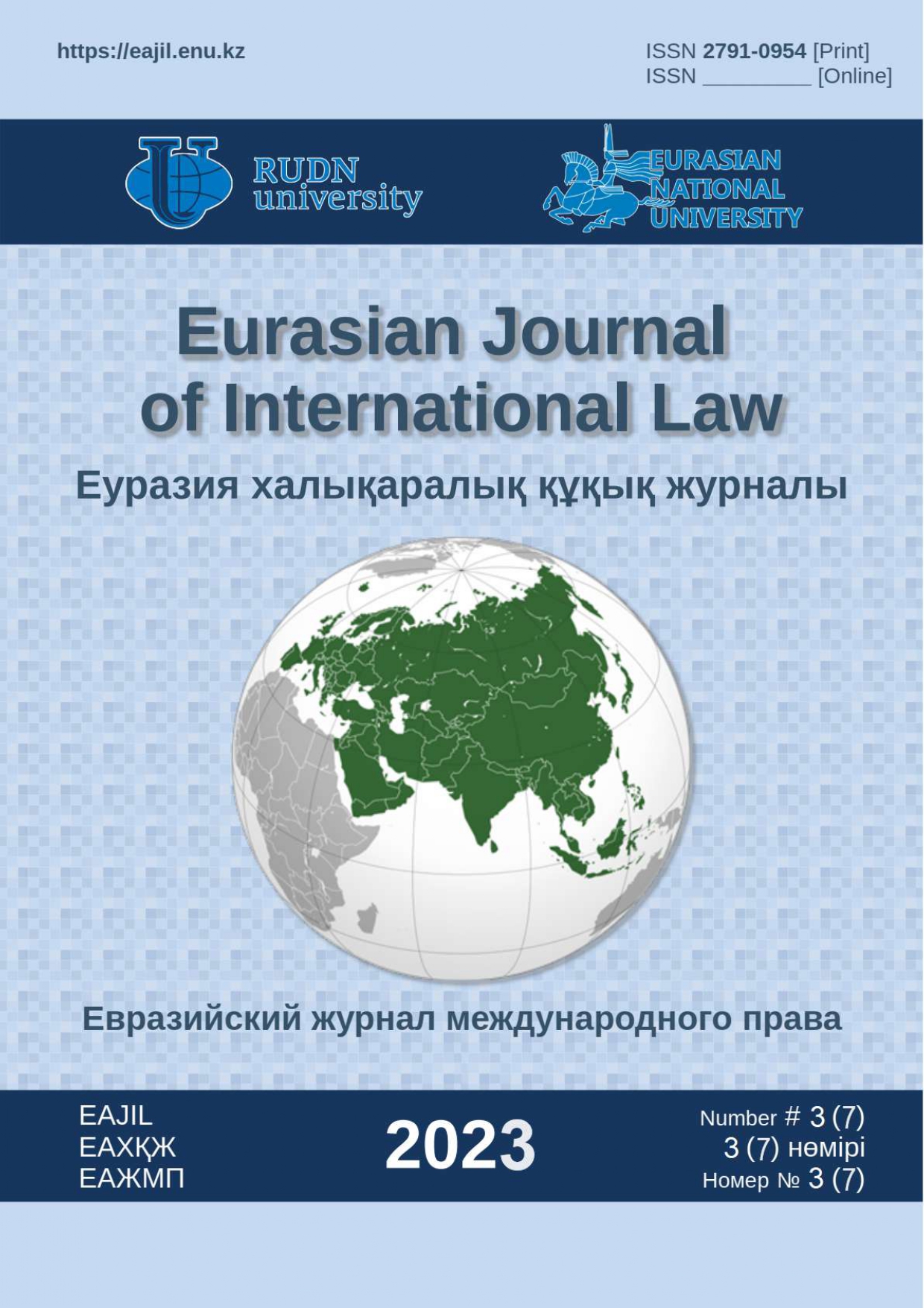Overview of the main models of higher education
https://www.doi.org/10.32523/2791-0954-2023-7-3-39-71
Views: 29 / PDF downloads: 13
Keywords:
higher education systems, higher education models, continental model of higher education, liberal (Atlantic) model of higher education, social (Northern European) model of higher education, conservative (hierarchical) model of higher educationAbstract
The article examines the main models of higher education: continental, liberal (Atlantic), social (Northern European) and conservative (hierarchical). The continental model is traditionally presented using the examples of Germany, the Netherlands, and Switzerland, with an emphasis on the history of the emergence and experience of German universities. The liberal (Atlantic) model is associated with the higher education systems of Great Britain, the USA, and Ireland; its distinctive features are the institutional and financial autonomy of universities, their close connection with the business community, strong self-government, indirect control by the state, the presence of specialized intermediary agencies that managerial functions are delegated. The liberal (Atlantic) model is historically built on the basis of a two-level system “bachelor’s degree + master’s degree”; it is a model of “late professional differentiation” (the choice of a specialty at a university is not automatically determined by the type of school completed); accordingly, the educational trajectories of students in this model are not so strictly determined by themselves institutional structure of the system. The social (Northern European) model is shown using the example of Sweden, the conservative (hierarchical) model is shown using the example of Japan.
In the process of preparing a scientific article, the authors were guided by documents and materials in the field of higher and postgraduate education. The main method was the method of theoretical research and analysis of scientific and theoretical materials. The resolute decisions of the Ministers of Science and Higher Education of the participating States of the Bologna Process are of great importance.


